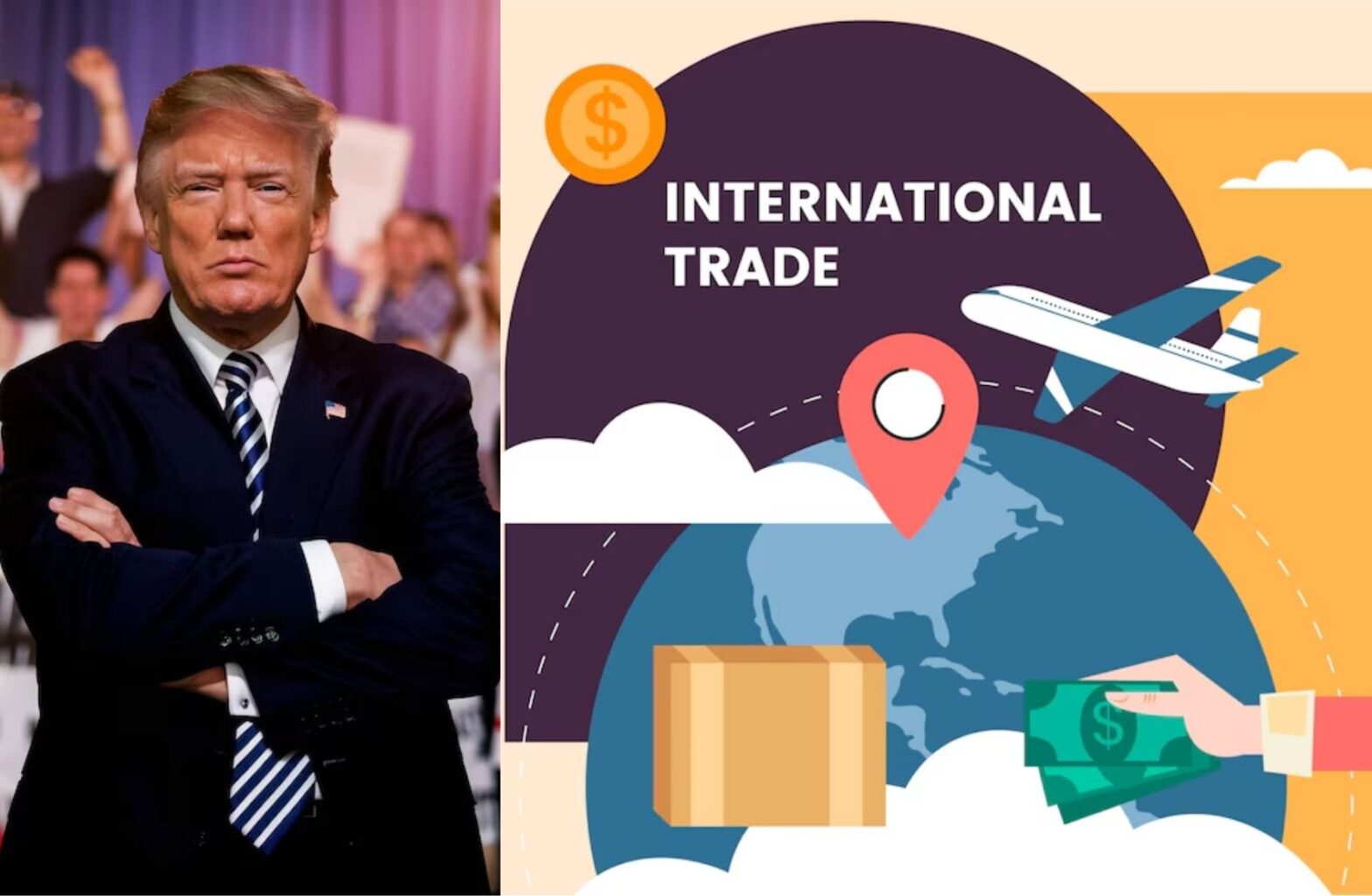Donald Trump’s trade policies and subsequent tariffs considerably impacted international trading and shipping costs, and that was especially pronounced in recent years. The import taxes that were set in place impeded global trade for all businesses.
Let us analyze the relationship between shipping costs for international trade and Trump tariffs, as well as the latter’s impact on the global economy in 2025 and the years afterward.
The Link Between Tariffs and Shipping Costs
1. Increased Freight Costs Due to Tariffs

When tariffs are imposed, the cost of importing goods rises. Companies often pass these increased expenses onto consumers or adjust their shipping operations, resulting in higher freight costs. For example:
Importers may switch to alternative suppliers in different countries, affecting shipping routes and logistics.
Shipping companies may face higher operational expenses due to rerouted or delayed shipments.
2. Tariffs on International Trade Add Complexity
Navigating tariffs involves added paperwork, customs duties, and compliance with new trade regulations. These complexities increase administrative costs for freight companies and importers, indirectly raising shipping prices.
3. Supply Chain Disruptions
Tariffs can cause shifts in supply chains as businesses seek to avoid higher taxes. For instance, a company importing goods from China may move production to another country, which could involve longer shipping routes and higher international freight rates.
The 2025 and Beyond Outlook
The impact of the Trump tariffs will still influence the global container shipping sector until 2025. This is what is likely to be seen in the coming years:

Large Continuation of Development: Cost Increase in Shipments
If there is no reversal in the major tariff policies, transport international costs will remain high. Concerning goods imported from countries like China, companies may be forced to deal with increased freight costs and tariff adjustments.
Changing ways of drawing: Imports and trade diversions will be ongoing
This will mean that many businesses will need to rethink the source of their goods to avoid paying high tariffs. This development could mean lower trade activities and more commercially oriented but longer trading routes and logistics hubs, thereby affecting the whole pattern of the shipping industry.
Change Over to Technology
However, as the impact of additional fees and tariffs is likely to last for a long time, more companies will begin to make digital investments around customs compliance, supply chain management, and cost processes.
Economic Contribution to Trading Volumes
Higher transport costs and tariffs might make some industries opt for non-participation in international trading, leading to a decline in total trade volume, which again has serious implications for the shipping industry.
Economic Impact on the Shipping Industry

Read this article: Global growth forecast to flatline as tariffs add to strains
The shipping industry faces several challenges due to these tariff policies:
Reduced Trade Volumes
Higher costs discourage some businesses from importing goods, leading to a decline in overall trade volume. This reduction affects shipping companies that rely on steady demand for international freight.
Fluctuating Freight Rates
Tariffs often lead to unpredictable changes in shipping rates. For example, increased demand for alternative trade routes may drive up costs on certain lanes while reducing them on others.
Operational Strain
Managing tariffs and their impact requires additional resources, including workforce and technology, putting a strain on shipping companies and freight forwarders.
How Businesses Can Adapt to Rising Costs
To navigate the challenges posed by Trump’s tariffs, businesses involved in international trade can take the following steps:
Optimize Supply Chains
Evaluate sourcing options and shipping routes to minimize the impact of tariffs.
Negotiate Better Shipping Rates
Work closely with freight forwarders and carriers to secure cost-effective solutions.
Leverage Trade Agreements
Explore opportunities within free trade agreements that may reduce tariff exposure.
Final Words
Trump’s tariffs have left a lasting impact on international shipping costs, creating challenges for businesses and the shipping industry alike. In 2025 and beyond, businesses must adapt to high freight costs, shifting trade routes, and evolving trade policies. By understanding the relationship between tariffs, freight costs, and trade regulations, businesses can develop strategies to remain competitive and maintain the smooth flow of goods across borders.
Staying informed about tariff policies and shipping trends will be crucial for businesses navigating this complex landscape. With the right approach, companies can mitigate financial strain and seize opportunities in the global market.

